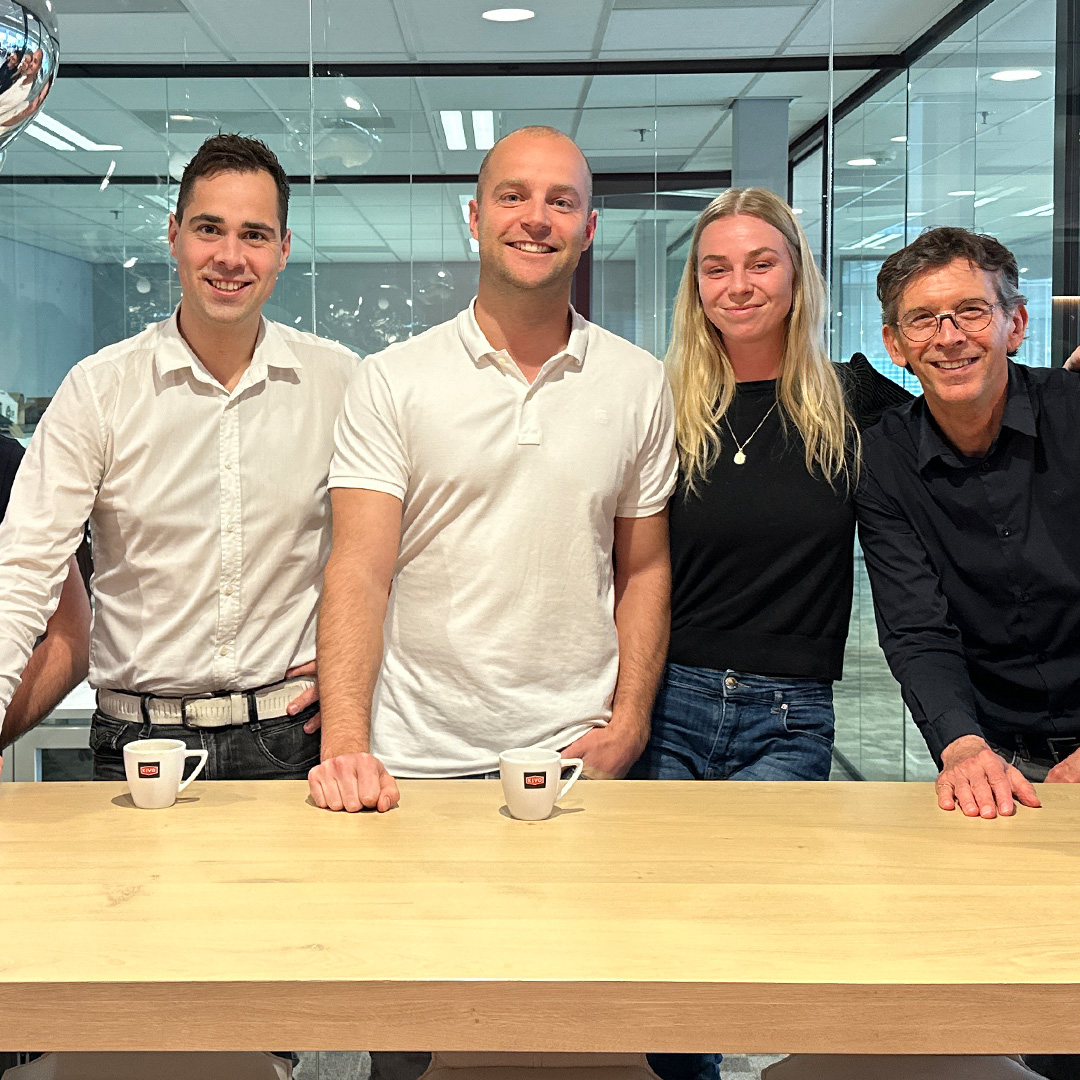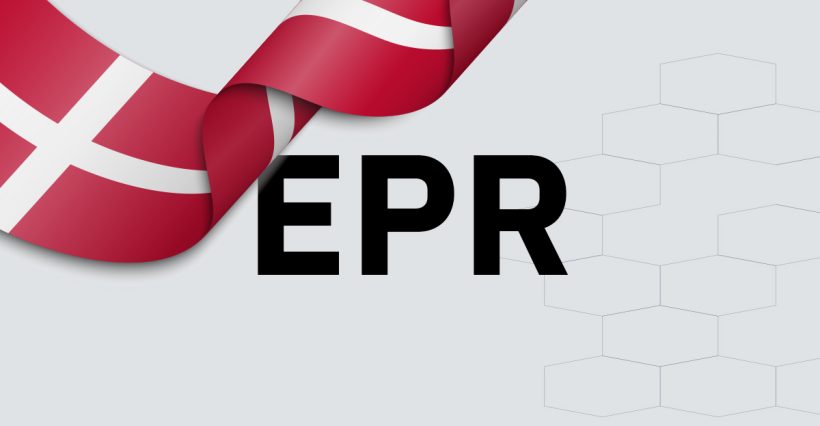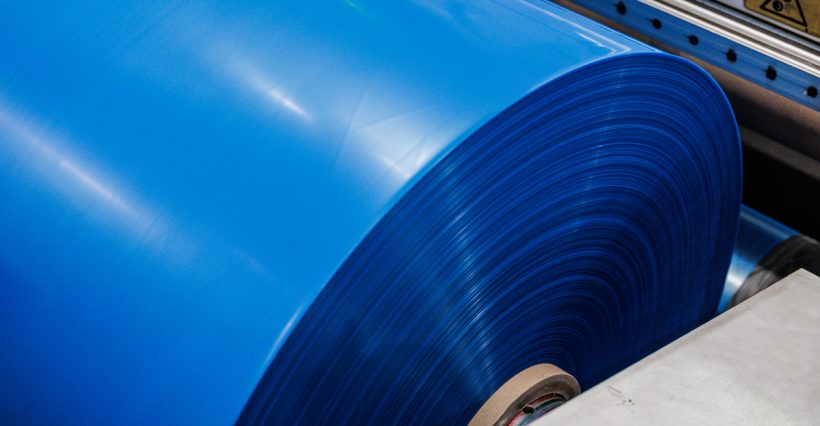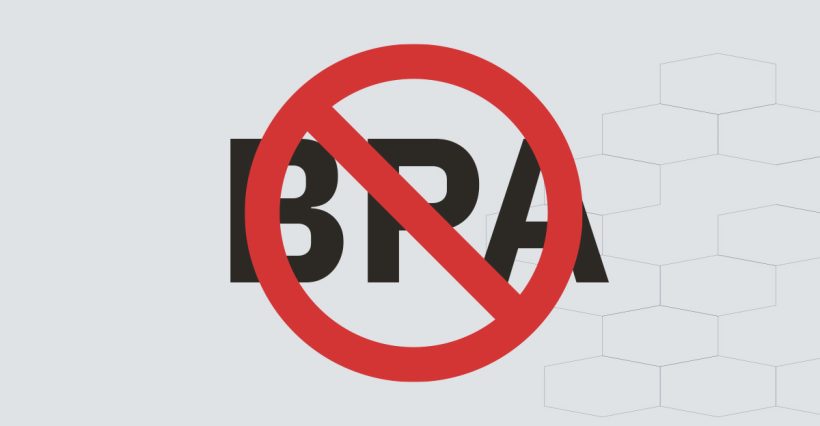A ban on the use of PFAS in food contact packaging will apply in the EU from 2026. This measure is part of the wider European PPWR (Packaging and Packaging Waste Regulation, EU 2025/40), which aims to reduce the environmental impact of packaging and better protect public health. For you as a producer or user of food packaging, it is crucial to anticipate this change now.
PPWR & PFAS: What are PFAS and why are they banned?
PFAS (per- and polyfluoroalkyl substances) are synthetic chemicals widely used in packaging because of their water, grease and dirt-repellent properties. Examples include baking paper, fast food packaging, microwave popcorn bags and coated paper snack packaging. In some cases, fluoropolymers (a form of PFAS polymers) are also used as processing aids in the production of plastics. These substances are not intentionally added to the final product and behave differently from the known toxic PFAS types. Nevertheless, since the revision of European legislation, they are also covered by the ban on PFAS in food contact materials, due to possible traces of non-polymeric PFAS and increasing attention to their environmental impact.
The problem: PFAS are so-called 'forever chemicals'. They hardly degrade in the environment and accumulate in humans, animals and ecosystems. Scientific studies link PFAS to health problems such as hormone disruption, impaired immune system, liver problems and certain cancers (source: The Guardian, 2023).
Recognising these risks, the European Commission, through the PPWR, has decided to ban PFAS in food contact packaging from 12 August 2026 prohibit (PPWR Article 21, recitals 20 and 21).
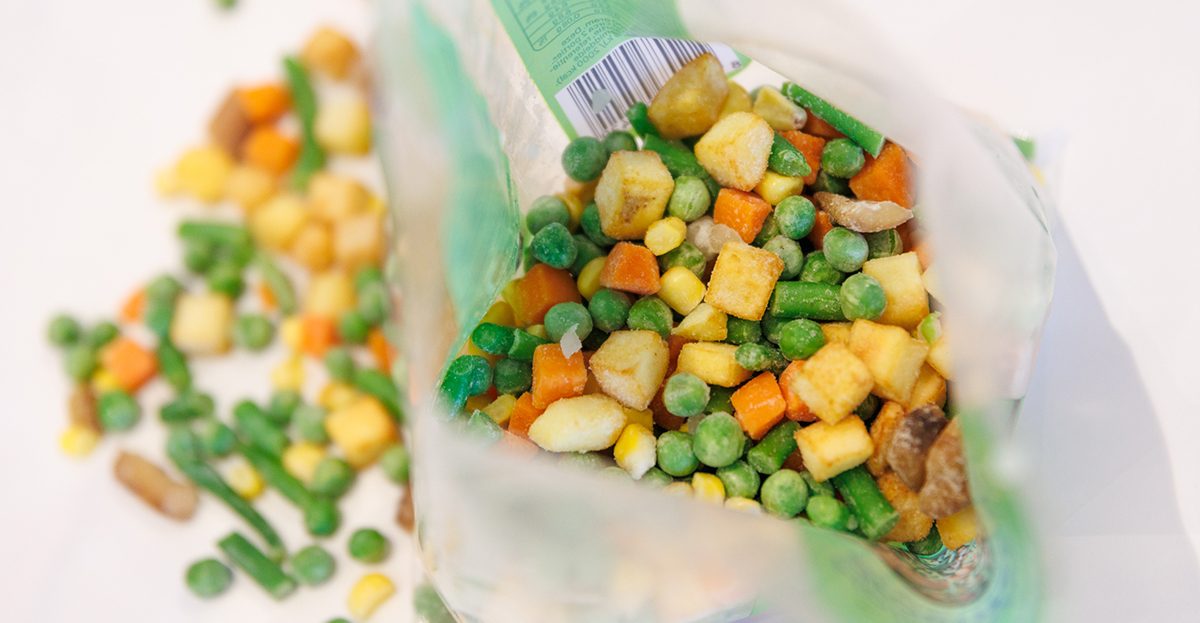
What does this mean for you as a KIVO customer?
It is important to note, however, that from 2026:
- Food packaging containing PFAS may no longer be placed on the European market;
- This also applies to coatings and additives containing PFAS components;
- The responsibility for compliance lies with you as the manufacturer or importer of the packaging.
Tip: From now on, explicitly ask your suppliers for declarations on PFAS-free materials (in accordance with Regulation (EC) No 1935/2004).
What are safe alternatives?
Several PFAS-free alternatives are now available:
- Water-based barriers (dispersion coatings);
- Biopolymer coatings;
- EVOH in laminates (if applied correctly);
- Multilayer structures with virgin LDPE (if not reused for food contact).
KIVO does not intentionally add PFAS components in its packaging and continuously monitors developments in coatings and functional barrier coatings and actively conduct tests with PFAS-free alternatives.
Important within the PPWR context
- Article 21 of the PPWR bans PFAS in food packaging because of their persistence and health risks;
- From 2026, the ban will apply across the EU, including to imported packaging;
- There is no exception for products with a virgin inner layer. So PFAS-coated multilayer structures are also covered by the ban.
PFAS and the PPWR, FAQ
Can you still use PFAS-containing packaging if it was produced before 2026?
No, once the ban takes effect on 12 August 2026, they may no longer be placed on the market, regardless of the production date.
Are bio-based packaging automatically PFAS-free?
No, some biobased packaging still contains PFAS coating. Always ask for certificates.
How do you know if a package contains PFAS?
Request a material declaration or food contact compliance document from your supplier. Specifically state that PFAS must be excluded.
Can you still use PFAS in non-food packaging?
For now, yes, but this is also being discussed at European level. So caution is advised.
Is there a difference between polymeric and non-polymeric PFAS?
Yes. Non-polymeric PFAS are more toxic and are mainly used in coatings. Polymeric PFAS are sometimes used as processing aids. However, both fall under the ban by 2026 in food packaging.
In conclusion
Are you looking for certainty about PFAS-free packaging and reliable alternatives that are future-proof? KIVO will be happy to help. We think proactively about solutions that comply with the latest regulations such as the PPWR.
Contact our team today for advice or a PFAS-free packaging solution that suits your product and production process.
